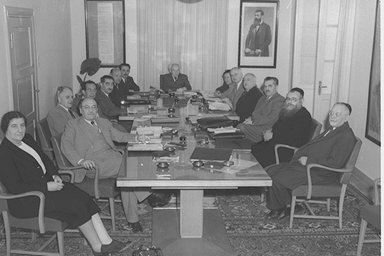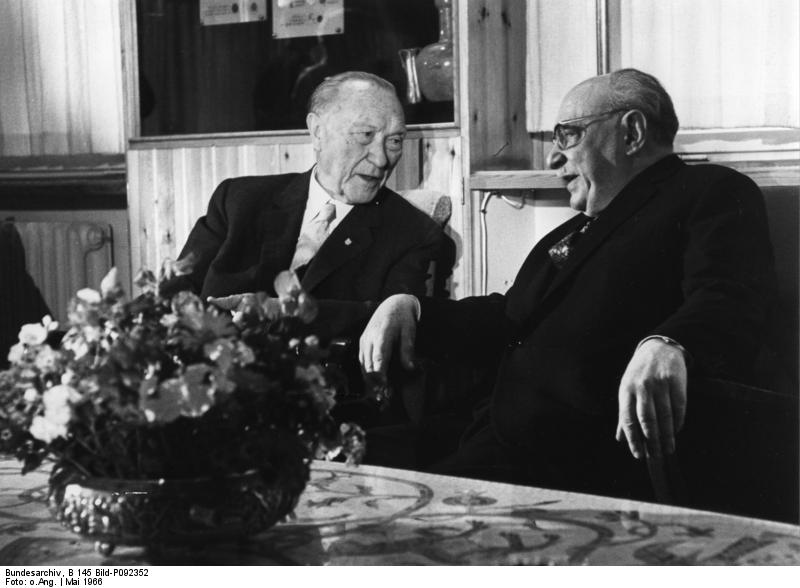<Back to Index>
- 3rd President of Israel Zalman Shazar, 1889
PAGE SPONSOR
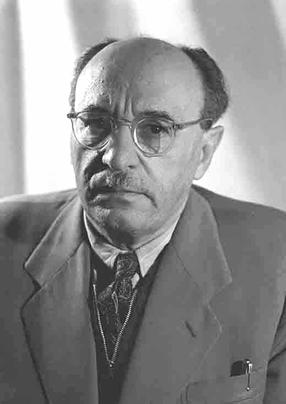
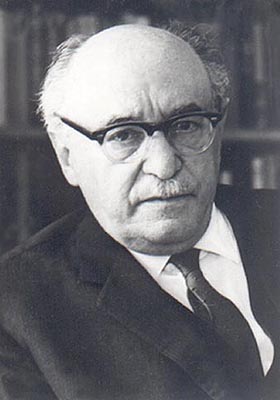
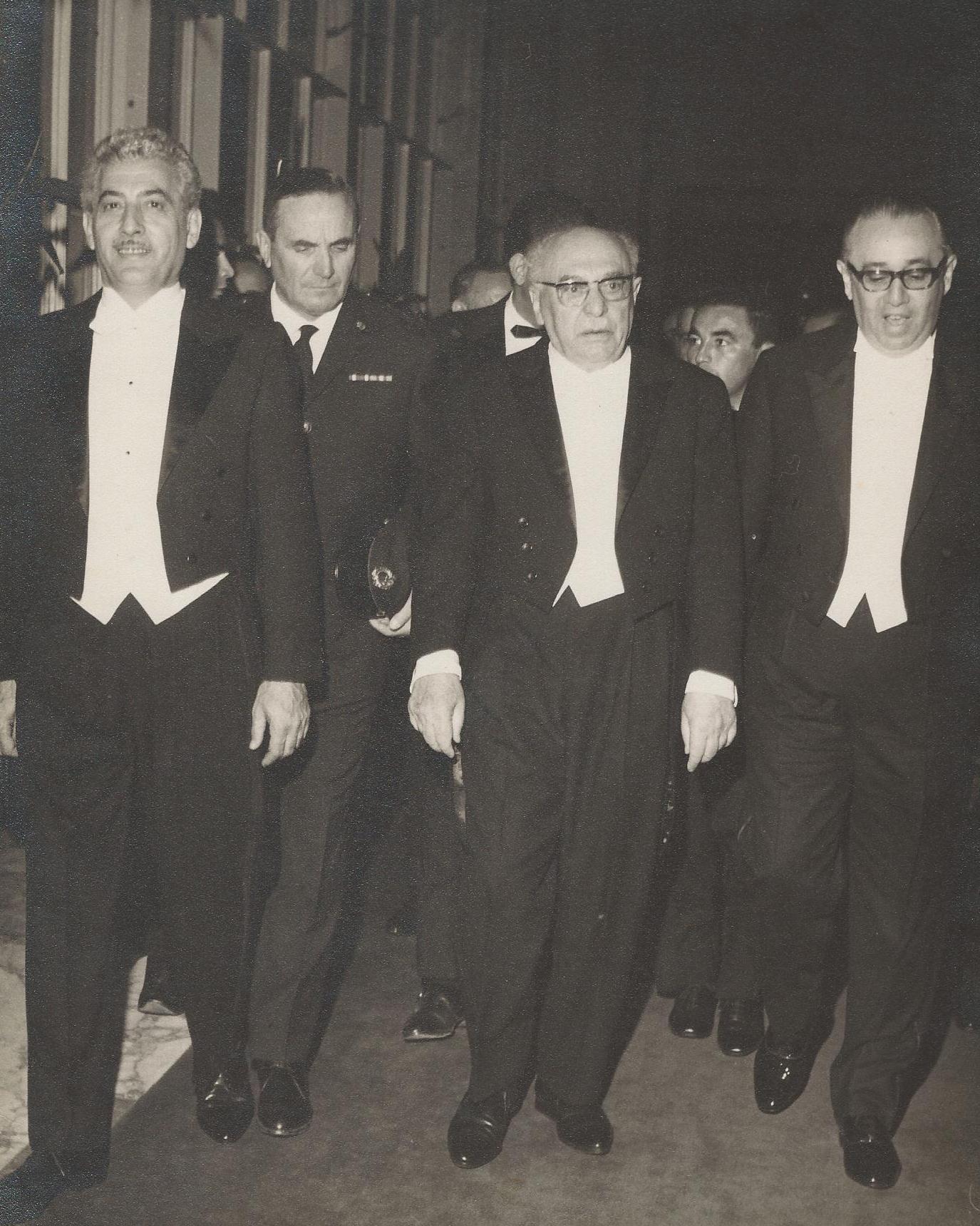
Zalman Shazar (Hebrew: זלמן שז"ר) (November 24, 1889 – October 5, 1974) was an Israeli politician, author. and poet. Shazar served as the third President of Israel from 1963 to 1973.
Shazar (Shneur Zalman Rubashov) was born to a Hasidic family of the Chabad - Lubavitch denomination in Mir, near Minsk, in the Russian Empire (today in Hrodna Voblast, Belarus), he received a religious education as a youth. In his teenage years he became involved in the Poale Zion Movement. Shazar immigrated to Mandate Palestine in 1924, and became a member of the secretariat of the Histadrut.
Shazar died on October 5, 1974. He is buried on Mount Herzl in Jerusalem.
Shazar served as the editor - in - chief of the Israeli newspaper Davar from 1944 to 1949.
He was elected to the first Knesset in 1949 as a member of Mapai, and was appointed Minister of Education in David Ben - Gurion's first government. He was not a member of Ben - Gurion's second cabinet, but retained his seat in the 1951 and 1955 elections. He also became a member of the Jewish Agency Executive in 1952. He resigned from the Knesset in 1956, and from 1956 to 1960 was acting chairman of the Jewish Agency's Jerusalem Executive.
Shazar was elected president by the Knesset in 1963. He was re-elected for a second term in 1968. In 1973 he was succeeded by Ephraim Katzir. In 1964, when Pope Paul VI visited Israel, Shazar read to him the verse in Micah stating that though other nations might follow other gods, “we will walk in the Name of our Lord God forever”.
In 1969, Shazar sent one of 73 Apollo 11 Goodwill Messages to NASA for
the historic first lunar landing. The message still rests on the lunar
surface today. It states, "From the President of Israel in Jerusalem
with hope for 'abundance of peace so long as the Moon endureth' (Psalms
72,7)."*
- In 1966, Shazar was the co-recipient (jointly with Israel Efrat) of the Bialik Prize for literature.
Shazar's portrait appears on 200 shekel bills.
In 2005, he was voted the 139th greatest Israeli of all time, in a poll by the Israeli news website Ynet to determine whom the general public considered the 200 Greatest Israelis.
On a rainy Tu Bishvat night in 1957, Zalman Shazar was with a friend in Meron. There they saw a Hasid, Odesser, reciting the Tikkun Chatzot ("Midnight Lament") with intense fervor. They were very moved by this, and, when the Hasid had finished, they asked who he was. Thus began a lifelong friendship between Shazar and Odesser. Over the years, Odesser wrote many letters to Shazar, explaining the Breslov way of personal prayer and devotion, and urging him to return to God (Shazar was non religious at the time). Shazar was greatly inspired by these letters and did become more religious. He later published the letters, along with a short biography of Odesser, in a Hebrew book entitled Ibay Ha-Nachal (in Hebrew: אבי הנחל). In 1995, this book was translated into English as Young Buds of the Stream.
The word "ibey" (אבי), meaning buds, in the Hebrew title of the book, is a reversal of the abbreviation of Odesser's name (ישראל בער אדסר). The Hebrew title "Ibey Ha-Nachal", therefore, has the double meanings "Yisroel Odesser, the stream/river" and "Young Buds of the Stream".
